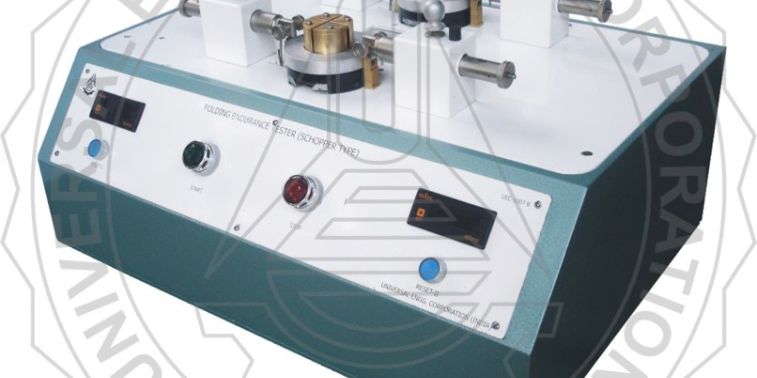
When it comes to providing essential protection to fragile products during shipping and handling, corrugated boxes are the common preference of businesses. Manufacturers design corrugated boxes to cater to the following objectives of the businesses:
- Provide maximum protection to the products
- Ease in handling throughout the distribution cycle
- Cost-effective and sustainable option for packaging
- Effective branding of the company
- Maintaining a superior reputation in the market
To enable businesses to achieve these objectives, manufacturers of paper packaging materials or corrugated boxes ensure they meet the necessary parameters. And for that, they carry out crucial packaging tests. In this article, we are going to throw light on the 7 most common corrugated box testing techniques.
7 Common Corrugated Board/Box Testing Techniques to Ensure Packaging Quality
Bursting Strength Test
Bursting strength refers to the capacity of the corrugated board to sustain its shape when subjected to pressure. The bursting strength test is used to determine the bursting strength of paper and corrugated board using a specially designed bursting strength tester
The various models of this tester by UEC include the keyboard-operated, touch screen, doubled headed keypad operated units. Each unit has a microprocessor, a memory to retain the peak value, an automatic zero setting, and protection facilities for overload and extra commutation.
Pneumatic clamping is another great feature common to all. The average readings of the bursting strength and burst factor are graphically displayed on the HMI.
Box Compression Test
The box compression strength is another parameter to ensure the quality of the packaging boxes. It is tested to measure the ability of the box to resist compression/ pressure from above before it deforms.
The sample is placed on the lower plate of the box compression tester. When the test begins, the upper plate moves downward applying pressure on the specimen. As the system detects the sample breakage, the upper plate moves back to its original position and the digital display immediately shows the compression load.
Puncture Resistance Test
Puncture resistance is a measure of the ultimate pressure required to penetrate or puncture the corrugated material during handling. During the test, a corrugated board sample is clamped between two horizontal plates in a puncture resistance tester. Each plate has a triangular hole.
The triangular pyramid puncture head attached to a swinging pendulum pierces the specimen. The energy required to penetrate the sample then gets measured on the graduated scale.
Scuff Resistance Test
Scuff resistance refers to the ability of the printed, polished, or painted box to withstand abrasion. This test is mainly executed in the printing and packaging industry. It ensures that the quality of the printing over packaging boxes sustains during the distribution cycle.
During the test, rubbing or scuffing is performed by using the contact pressure method. The motorized scuff tester has two discs that hold the sample.
These discs move in rotational motion while being in contact with each other at the same angular speed. This movement creates continuous friction and the scuffing begins to happen. Once the test is completed, the sample is taken for observation.
Package Shaking Test
Since a packaging box goes through a lot of shaking during shipping, handling, and even stocking, testing the shaking/vibrance resistance of the packages and products is significant. This is why this test is widely used in the packaging industry.
The test conditions and effects are replicas of the actual transportation. The motorized package shaker comprises a robust platform with special heavy-duty springs beneath it at each corner.
These springs allow a harmonic horizontal and vertical motion of the test samples. While the servo-controlled DC motor maintains the frequency of the preset vibration.
Inclined Impact Tester
In the packaging industry too, an impact means the same, i.e. an unwanted effect on the package box during the distribution cycle, leading to its rapid deformation. The inclined impact tester tests this impact strength of the corrugated boxes.
This unit comes in a ruggedly built design that offers constant use for testing. It consists of an automated release mechanism and traveling chain, while the control panel operates the entire equipment.
Drop Tester
A package can drop freely falling, tumbling, or other ways during its distribution cycle. To overcome damage during drops, the box needs to be strong enough. This is why it is first tested using a drop tester so that its strengths and weaknesses can be known.
During the test, the box is dropped from a particular height in a specific orientation, which could be on the corner, face, or edge. The testing unit locates on a strong motorized base plate that helps set the drop height and lift the box sample.
While the height display panel shows the height, the pneumatically operated foot switch releases the box to test its durability.
So, these were the most commonly sought and sourced package testing machines by the paper and packaging manufacturers. If you’re looking to invest in the best paper and package testing equipment, it is time to connect with UEC.
We are among the leading manufacturers, suppliers, and exporters of pulp, paper, and package testing machines. Visit our website and explore a diverse range of high-performance machines.


